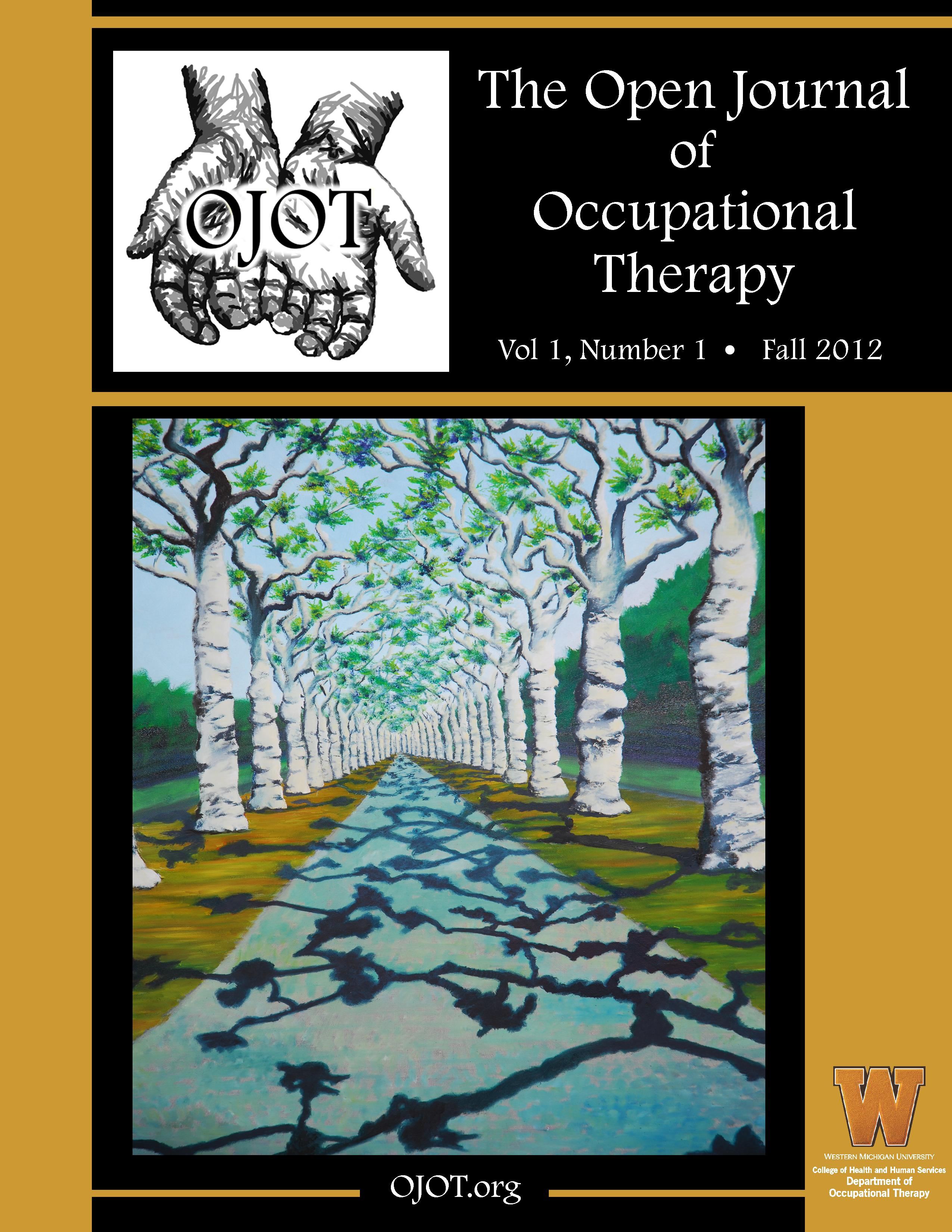ScholarWorks > HHS > OT > OJOT > Vol. 4 > Iss. 2 (2016)
Credentials Display
Guy L. McCormack, PhD, OTR/L, FAOTALisa Holsinger, MS, MOT, OTR/L
Abstract
Background: Children with autism have unusual sensory processing issues. The aim of this study was to examine how mothers comforted their children. Clinical observation has shown that mothers of children with autism often have difficulty calming their children. This study describes the differences in the response to comforting touch among children diagnosed with autism and normally developing children.
Method: The study was a self-report survey using a questionnaire to compare the responses of mothers of children with autism (N = 25) to mothers of typically developing children (N = 26).
Results: The results showed that the methods used to comfort children with autism and normally developing children was different.
Conclusion: Mothers of typically developing children reported more success by using comforting touch, whereas mothers of children with autism reported more success by comforting their children with visual and auditory stimuli.
Recommended Citation
McCormack, G. L., & Holsinger, L. (2016). The Significance of Comforting Touch to Children with Autism: Sensory Processing Implications for Occupational Therapy. The Open Journal of Occupational Therapy, 4(2). https://doi.org/10.15453/2168-6408.1133


